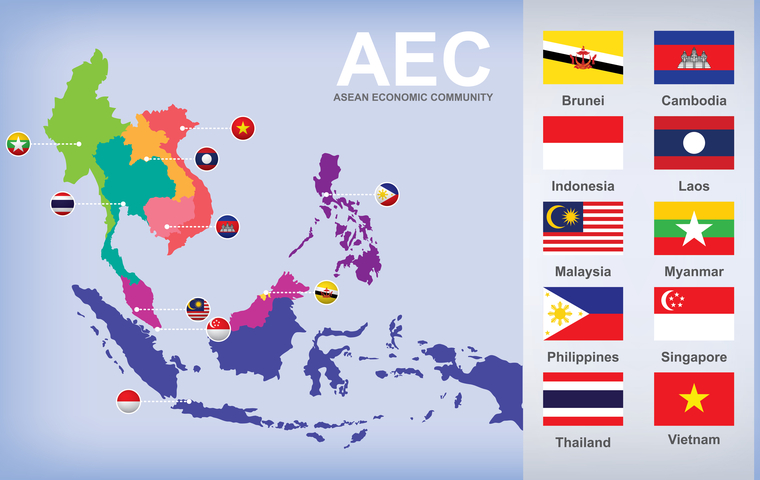The Bank of Japan Chooses to Hold Steady Amid Turbulent Uncertainty
Related Articles
Policy on Hold: Calm Before the Storm?

On March 19, 2025, at its Monetary Policy Meeting, the Bank of Japan (BOJ) decided—just as markets had expected—to maintain its current policy stance. Specifically, the Policy Board unanimously approved keeping its money market operations framework aimed at guiding the uncollateralized overnight call rate to around 0.50%. Because this outcome had been widely priced in, there was little immediate volatility in equities or government bonds after the announcement. Yet this “calm” conceals the BOJ’s complex and serious dilemma. The decision is not a mere holding pattern or retreat; rather, it is best understood as a “strategic pause”—a cautious interval to gauge the next move amid a tightly interwoven set of domestic and external conditions.
At the post-meeting press conference, Governor Kazuo Ueda summarized Japan’s economy as “recovering moderately, though some weakness is observed,” while repeatedly stressing that the outlook is marked by “extremely high uncertainty.” Notably, the decision was unanimous. Even though some Policy Board members are thought to lean more hawkish, the absence of any dissent suggests a shared recognition that external risks to Japan’s economy now outweigh internal differences of opinion. In other words, choosing to hold steady is not a sign of weakness; it is a prudential judgment to brace for oncoming storms.
A Bright Spot at Home: Largest Pay Hikes in 34 Years Raise Hopes for a Virtuous Cycle
The strongest argument for considering further tightening—i.e., an additional rate hike—comes from wage developments. In the 2025 spring labor–management negotiations (shuntō), major firms agreed to average pay increases of 5.46%, the highest in 34 years. Governor Ueda has called these historic hikes a “positive development,” fueling expectations that the BOJ’s long-sought “virtuous cycle of wages and prices” is moving closer to reality—where rising wages lift purchasing power, sustain household consumption, and help deliver a stable 2% inflation rate.
Still, the domestic picture resists simple optimism. Behind the bright headline of record nominal wage gains, high prices continue to weigh on living standards. Core CPI (excluding fresh food) remains elevated, and real wages—adjusted for inflation—are still in negative territory. In practice, the price rises have offset much of the wage increase, dimming the sense of improved well-being. That strain shows up in consumption: various indicators point to flat to slightly higher private consumption, falling short of a robust recovery. Policy uncertainty and rising living costs are chilling sentiment, nudging households toward caution and thrift.
The BOJ’s judgment must account for timing effects: shuntō outcomes are a leading indicator of future income, while actual spending is a lagging indicator of economic reality. If the BOJ hiked on the strength of wage headlines alone, it could choke off growth before higher real wages feed through to consumption. Thus, the current “strategic pause” reflects calculated patience—waiting until the wage–price cycle can be confirmed in the consumption data.
Headwinds Gathering Abroad: U.S. Trade Policy as the Biggest Unknown
The main reason the BOJ refrained from an additional hike lies outside Japan: powerful global headwinds, above all the deep uncertainty surrounding U.S. trade policy. With the prospect of higher tariffs under the Trump administration gaining traction, Japan faces a major downside risk given its continued reliance on exports to the U.S. Analysts warn that broad-based tariffs could shrink exports, cool capital spending, and drag down real GDP growth. When Governor Ueda emphasized the need to closely watch developments in overseas economies and their impact, this “tariff risk” was likely top of mind.
This risk traps the BOJ in a policy dilemma. Normally, to counter domestic inflation pressures, a rate hike is appropriate. But hikes tend to push the yen higher, eroding the price competitiveness of Japanese exports—exactly when potential U.S. tariffs would already be raising those prices. The combination would amount to a double blow. In short, the standard tool for normalizing policy could amplify the largest external risk. Faced with this conflict between tools and risk control, the only rational course is to wait—to hold steady until U.S. trade policy becomes clearer. Add to this Europe’s slower growth and rising Middle East geopolitical risks to energy prices and supply chains, and the BOJ’s caution looks even more warranted.
When Is the Next Move? Markets Hold Their Breath on the Path to Normalization

Although the BOJ stood pat this time, Governor Ueda’s remarks conveyed a clear intent to keep advancing toward policy normalization. He stated that as the outlook for the economy and prices materializes, the BOJ would adjust the degree of accommodation accordingly—a strong hint that further rate hikes remain on the table. Markets have shifted from asking why the BOJ didn’t hike to when it will—many economists now see the next move as data-dependent, with July or October 2025 emerging as favored windows.
Normalization, however, is not just about the policy rate. Markets are equally focused on the BOJ’s massive JGB holdings—i.e., the contours of any quantitative tightening (QT). The BOJ has signaled a gradual reduction in JGB purchases, but the pace, scale, and impact on long-term yields remain key unknowns. Having exited the extraordinary negative interest rate regime, the BOJ now faces a new communications challenge: the task is no longer to create inflation, but to unwind accommodation without stalling or overheating the economy—while feeling out the level of the “neutral rate.” Even the BOJ does not claim to know that level with precision, so the process will be inherently uncertain.
In this light, the March 19 hold is merely the opening chapter of a longer journey toward normalization. From here, the BOJ must walk a tightrope between its mandate of price stability at home and the imperative to shield Japan’s economy from unpredictable global shocks. Success will hinge not only on the accuracy of its forecasts but also on its communication—guiding expectations deftly through continuous dialogue with markets.



